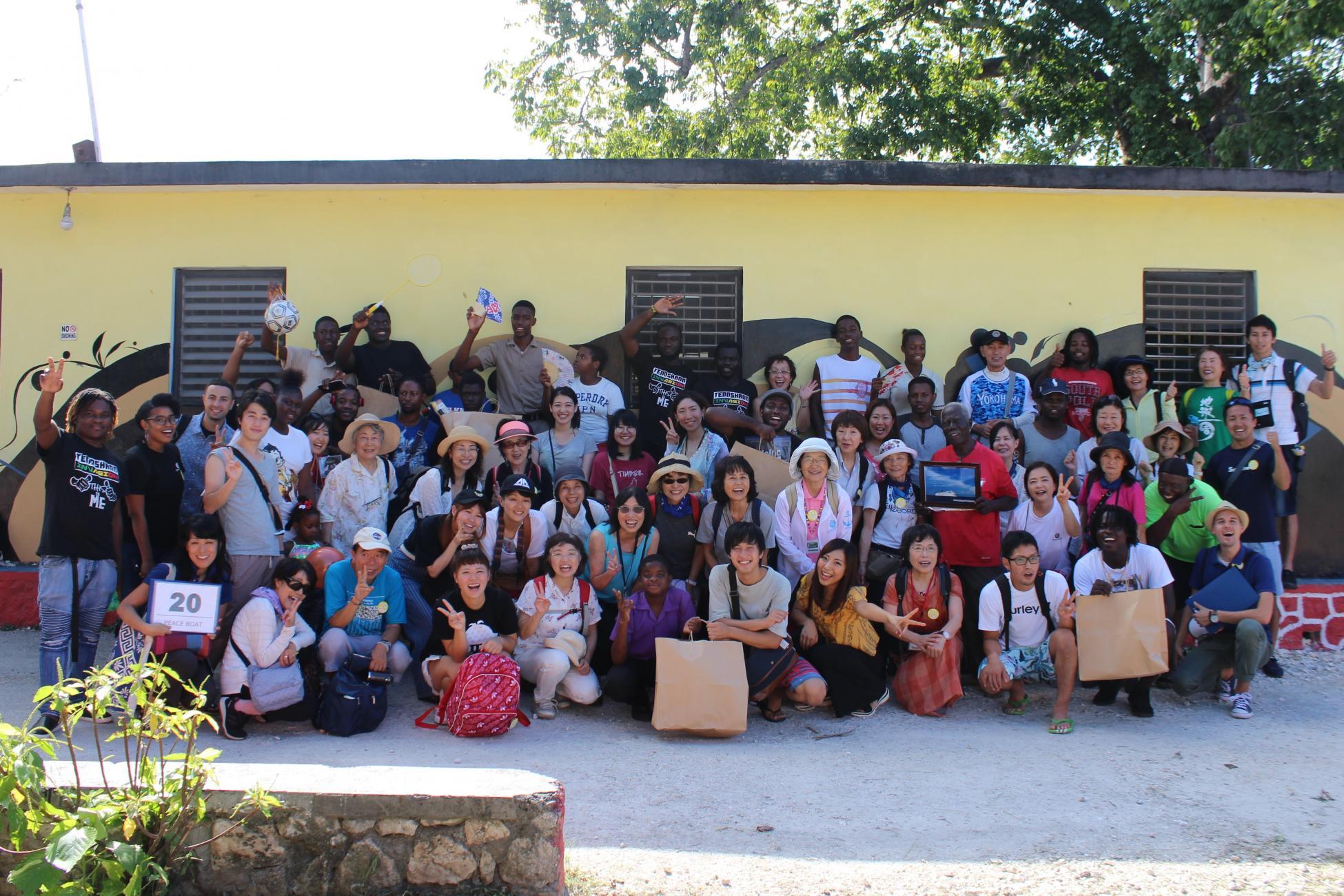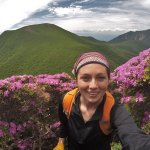Do you ever go on vacation, and find yourself exhausted after hustling across the city to see all the famous tourist spots? Upon returning home, as you swipe through vacation images of statues, museums and food, do you ever find that your photos are lacking the local people?
When spending a limited time in a place, it’s understandable that we prioritize seeing the most famous sites. However, it’s important to acknowledge that we can understand infinitely more about a place by spending time with locals. Talking with locals paints a landscape of historical and social context that make us more informed and responsible guests.
To the aimless tourist, Havana makes a perfect backdrop for photos coloured with vintage cars, Cuba Libres, and cigars. However, after a night spent dancing salsa with locals, you might learn how the recent influx of tourism has begun to transform the city: for better and for worse. To the aimless tourist, Peruvian children selling sweets in Lima’s suburbs might be confusing. That is, until you talk with those families and learn more about the strain placed on the poorest families in Peru and what they must resort to in order to survive.
Both of these examples are what I experienced firsthand while volunteering as a GET teacher on Peace Boat. One of the reasons I was drawn to Peace Boat is because they promote grassroots exchange as a necessary component for sustainable tourism. The reality is that we only spend one to two days in each port, which means the time for passengers and staff to connect with the local community is limited.
That’s why Peace Boat encourages passengers to partake in optional cultural exchange tours through their partner travel agency, Japan Grace. The tours are popular—they get booked quickly and there are often waiting lists—which indicates passengers’ eagerness for purposeful travel. It helps that part of the funds from the tours supports the local community groups that we visit.
Here are some of the tours I participated in on our 108-day voyage:
Glencree, Ireland
As part of the Peace Boat web reporter team, it was my responsibility to take photos and write about Peace Boat’s visit to the Glencree Peace and Reconciliation Centre, which was founded as a response to the violent conflict between Ireland and Northern Ireland during The Troubles.
Today, it continues to use dialogue and education for peacebuilding throughout Ireland. In addition, the Centre has a refugee integration program that provides counselling services and support; a group dedicated to decreasing religiously motivated violence; and a women’s program that empowers women to secure equitable opportunities in their personal and professional spheres.
Before I visited Glencree, I was unaware of the challenges unique to the Irish society. I also found myself intrigued at the possibility of finding a similar working environment in my own country. The United States faces many similar issues related to peace-building between diverse groups, and I want to learn more about the work American NGOs are doing to support local communities.
Havana, Cuba
Havana felt like an whirlwind of adventure. I joined a “Cuban Friendly Salsa Festival” along with a couple hundred other passengers and my fellow teachers. Here, I was able to meet several Cubans and learn about daily life in Havana.
I also met several Cubans at cafes and in the streets who invited me to their homes and to go dancing together. Though it was sometimes difficult to discuss sensitive topics such as the increase of Americans to Cuba, these conversations enabled me to better understand just how complex social and political issues are in Cuba, and the relationship between Cuba and the United States.
Montego Bay, Jamaica
In Jamaica, the GET Programme organized a special tour for GET students, where students could practice their new English skills through intercultural exchange at the local Boys’ and Girls’ Club (BGC).
As a GET teacher, this was especially rewarding, because I could watch my students practice their English by introducing traditional Japanese games, clothes, and crafts. The BGC students loved learning how to play kendama, dressing up in yukatas, and making paper crane origami. Our Peace Boat students also experienced many firsts, such as listening to live reggae and eating traditional Jamaican food such as jerk chicken. After a full day, the GET students showed their gratitude to the BGC with several gifts, including sports equipment and school supplies.
Upon returning to the ship, one of my students—admittedly nervous about practicing her English—told me she share many smiles with the Jamaican people and felt how good their hearts were through those smiles.
These types of interactions don’t always occur naturally when we are only sightseeing, and as such, I was proud to see that both the BGC members and our students could have such a meaningful experience together.
Kuna Community, Panama
Wow, Panama. For this particular tour, I was able to visit one of the oldest indigenous communities in Panama: The Kuna Community.
The Kuna are such welcoming people. One family brought me into their home to show me a small Japanese shrine in their living room. When I asked them why it was there, they explained that a previous Peace Boat passenger has visited the community every year since his initial visit 10 years ago. Each time, he stays with the same family and lends a hand around the community.
This type of exchange is why I am thrilled to be a Peace Boat volunteer. I am proud to be a part of an organization that acts as a catalyst for human connection and long-lasting friendship.
Lima, Peru
When I signed up for the tour in Peru, I knew its focus was on human rights and working children. At that time, I didn’t fully understand what the term “working children” implied. Would they be teenagers working in a factory? Elementary school kids running a little store at school?
I found out we would be visiting an NGO, called MANTHOC, which supports children as young as seven, who work part-time jobs selling crafts and food in the streets of the poorest community in Peru.
Of course, child labour is a serious issue, so I contemplated whether visiting this NGO was a responsible decision or one that could potentially be perpetuating a cycle of harmful voluntourism. Ultimately, I decided to hear from the children and colaboradores (the adults who were once children in this same system) themselves. I learned that children working in the poorer communities of Peru is an inevitable reality, and that this particular NGO sees to it that they’re not exploited and earn fair wages in a safe environment.
After spending a day at the centre, I realized that I don’t even know what the conditions are like in the poorest communities of the United States. Having the opportunity to get to know everyone at MANTHOC opened my eyes not only to the effects of poverty abroad, but to the realization that I need to be more proactive about being informed at home.
Being a GET teacher on Peace Boat has opened my eyes to world issues that I never knew existed. Even though the time in each port has been short, thanks to these tours it’s been meaningful—both for Peace Boat passengers and the people in the communities we visit.
I also now know I need to further educate myself on the complex social issues within my own country and find ways to maintain the valuable relationships I was able to create in each port.
There is no quick and easy answer to a lot of the challenges the world faces, but I believe in the power of human connection, and that the positive effects of grass-roots exchange can resonate throughout communities. By creating understandings between people of diverse cultural backgrounds and experiences, we also create a pathway to a more peaceful world.
Add this article to your reading list




